The tamarind tree is an East African tree of the Fabaceae family, naturalized in Southeast Asia. It is especially appreciated for the flavor of its pods and its shade. Its sweet and tart pulp is consumed sweet or transformed into a drink.
The Tamarind Tree in Brief
| Common name(s) | Tamarind tree, Indian date palm |
| Latin name(s) | Tamarindus indica |
| Family | Caesalpiniacs |
| Edible plant | Fruit tree |
Aesthetics
| Color of the flowers | Yellow |
| Colour of the leaves | Green |
| Vegetation | Vivace |
| Foliage | Persistent or Semi-persistent |
| Form | Open or divergent |
| Height at maturity | > 10 m |
Gardening
| Water requirement | Medium |
| Growth | Slow |
| Multiplication | Sowing, Cutting, Grafting |
| Resistance to cold | Fragile |
| Type of soil | Sandy soil, Stony soil, Heather soil |
| soil PH |
Acidic soil |
| Soil moisture | Drained and Dry soil |
Location
| Outdoor use | Balcony or terrace |
| Plantation | Outdoor: in pot or in soil |
Plantation
| JANUARY | FEBRUARY | MARCH |
| APRIL | MAY | JUNE |
| JULY | AUGUST | SEPTEMBER |
| OCTOBER | NOVEMBER | DECEMBER |
Flowering
| JANUARY | FEBRUARY | MARCH |
| APRIL | MAY | JUNE |
| JULY | AUGUST | SEPTEMBER |
| OCTOBER | NOVEMBER | DECEMBER |
Harvest
| JANUARY | FEBRUARY | MARCH |
| APRIL | MAY | JUNE |
| JULY | AUGUST | SEPTEMBER |
| OCTOBER | NOVEMBER | DECEMBER |
The tamarind tree (Tamarindus indica) is the only species of this genus, which belongs to the Fabaceae family and subfamily Caesalpinioideae.
Regions Favorable to the Growth of Tamarind Tree
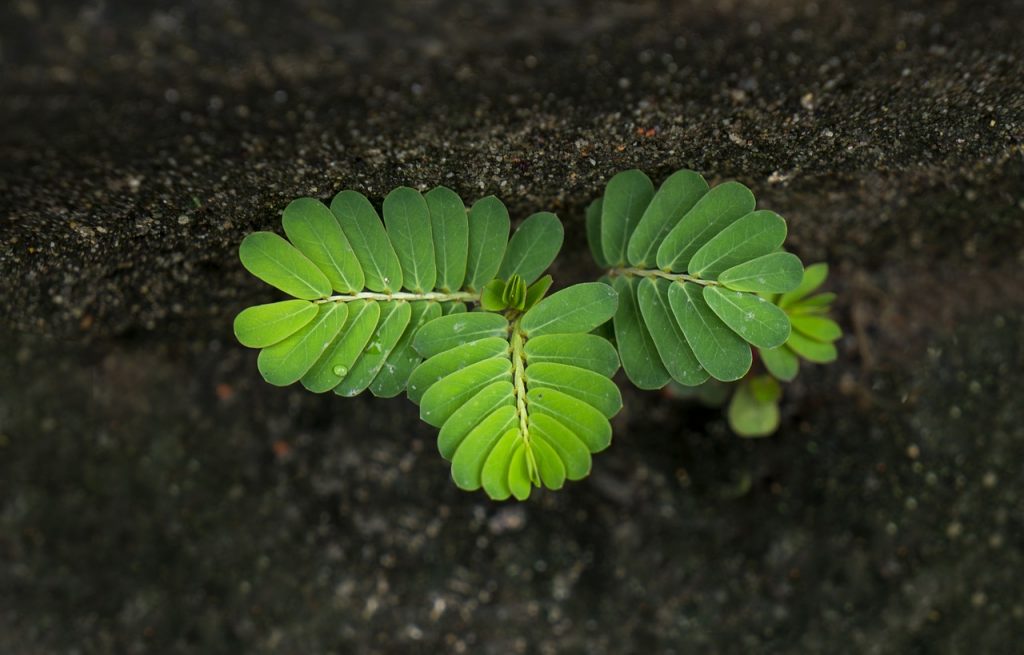
The species is native to the dry tropical regions of East Africa, and they are found between 0 and 700 m and up to 1500 m in altitude. It is likely to grow in any frost-free tropical or subtropical area such as Central America, northern Australia and China. In Oman, it grows wild on mountain slopes facing the sea.
Large Tree Shade
The interest in this large tree is both its shade and the flavor of its pods. The pulp is indeed used abundantly in sauces in semi-arid Africa as well as in the monsoon areas of Southeast Asia. The tamarind tree finds its Mediterranean equivalent, the carob tree, a close relative that is exploited as much for its pulpy pod as for its majestic port.
Powerful Roots
The tamarind tree forms a massive and short trunk, gnarled with age, building a wide dense crown reaching 10 to 30 m in height with a trunk diameter of 1 m. Its growth is slow and its longevity exceeds 200 years. Its pinnate leaves are 7 to 12 cm long and of a beautiful soft green colour. They are composed of 9 to 12 pairs of fine leaflets which have the particularity, as in the albizia, to close during the night. The powerful roots occupy a large volume and can disturb the water networks. On the other hand, the roots enable the tree to withstand long periods of drought and to resist cyclones.
Flowers
The saffron-yellow flowers are grouped by 5 to 10 in drooping terminal clusters or cymes, 3 to 5 cm long. The red bracts covering the bud fall at the opening of the flower and reveal a corolla rather regular compared to the pea flowers, forming 3 erect cream or yellow petals veined with red, 2 lower petals almost absent and a calyx with 4 cream sepals as long as the petals. The 3 stamens start from a curved tube containing the pistil with an upper ovary.
The large, thickly hairy, kiwi-coloured pods are easily identifiable. The “shell”, straight or slightly curved, more or less follows the shape of the seeds and measures 5 to 20 cm long and 3-4 cm wide.
This hardshell is, however, crumbly. It contains 1 to 10 large, shiny brown ovoid seeds surrounded by a brown or reddish-brown pulp that is both sweet and tart.
Vegetation: 20-25 m evergreen tree with a massive trunk and very cracked and scaly brown bark. Broad, slightly drooping crown. Light brown slender branches. Persistent pubescent foliage, composed of fine leaflets 12-32 mm long and 3-11 mm wide, closing at night.
Fruit: Fruiting in summer. Pods indiscriminate brown, hairy 5-20 cm long by 3-4 wide and 1 cm thick.
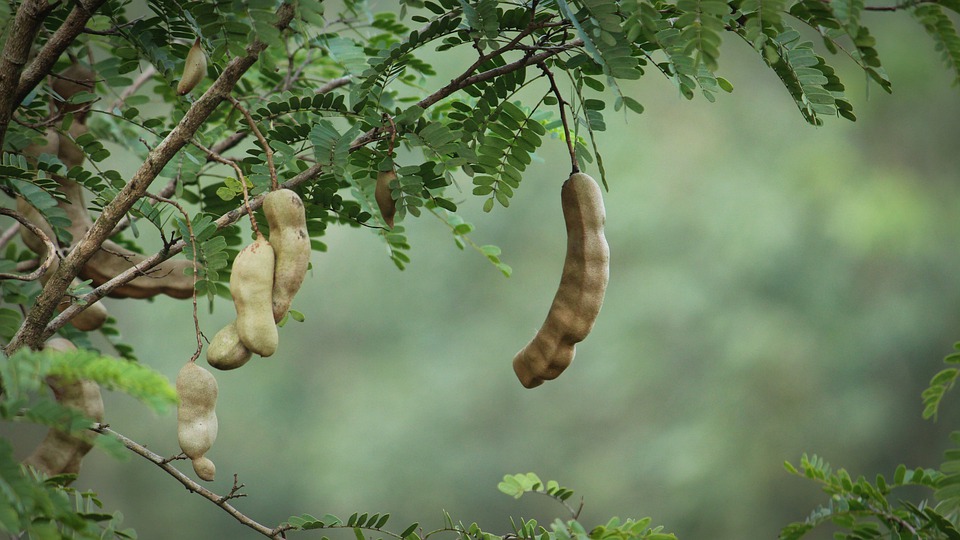
Flowering: Blooms in May and summer, together with new shoots. Flowers 2-4 cm wide, singly or grouped in inflorescences. Calyx with 4 unequal interlocking yellow or cream lobes and 3 large yellow or cream petals veined with reddish-brown.
Characteristics: Probably native to Sudan, Oman, Cameroon, Nigeria and Tanzania. Extensive cultivation in tropical and subtropical areas. Very ornamental flowering and silhouette. Frozen species. Can be grown in pots and as a bonsai.
Tamarind Tree Planting
Where to Plant It?
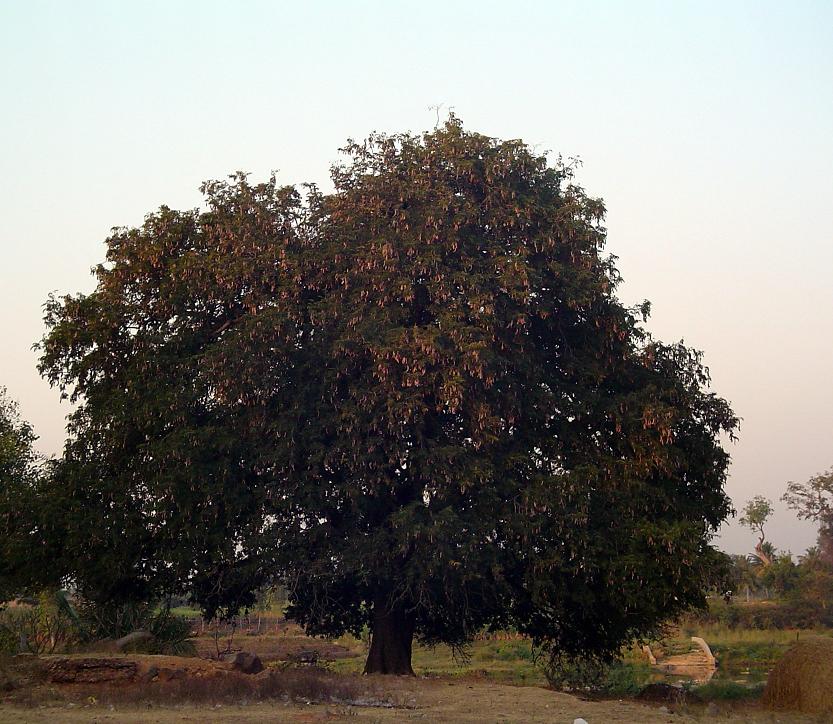
The tree appreciates deep, stony, well-drained soils. Asphyxiating or superficial soils are not suitable for it. It tolerates a slight salinity and prefers an acid pH around 5.5.
The tamarind growing area is very wide with rainfall ranging from 400 (semi-arid zones) to 1,400 mm (monsoon zones in particular). A fairly long period of drought seems to be necessary for good seed maturation, bearing in mind that it can also lead to the fall of part of the foliage. Tamarind (Tamarindus indica) grows well in areas subject to fog or mists.
The Importance of Trimming
Trimming is vital if you want to keep your tamarin trees and shrubs healthy and safe.
Anthony Montani Landscaping Inc. has a team to help you in the process of trimming which involves removing diseased or dead branches, cutting limbs that may damage your property, and rising the appearance of your landscaping.
This post will continue in Part 2 to cover even more interesting topics on the Tamarindus indica. Remember to write your comments below!
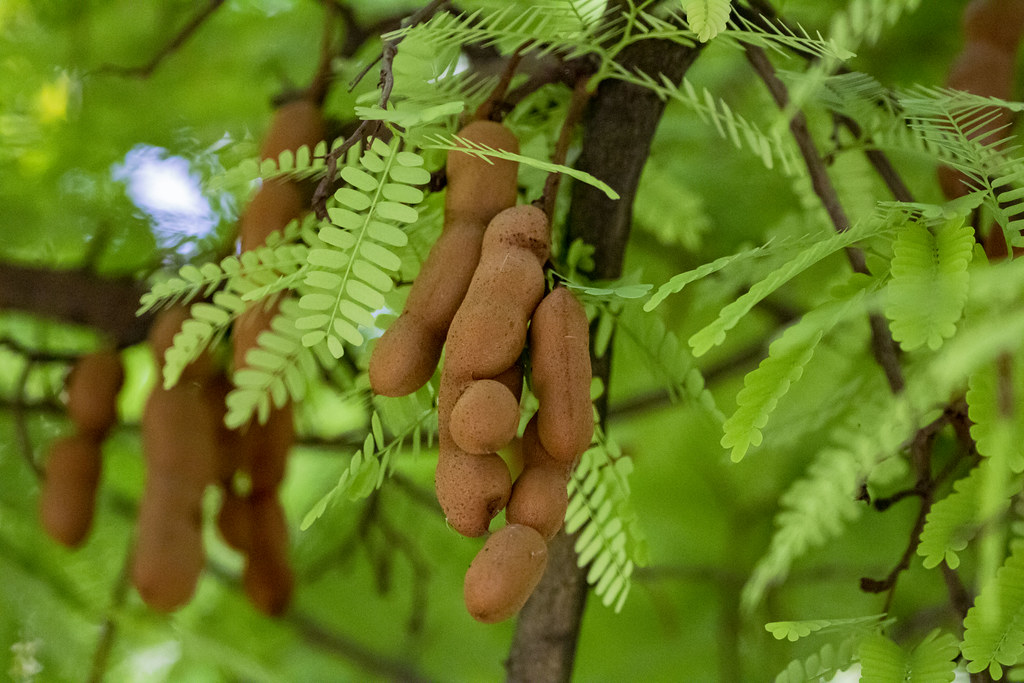
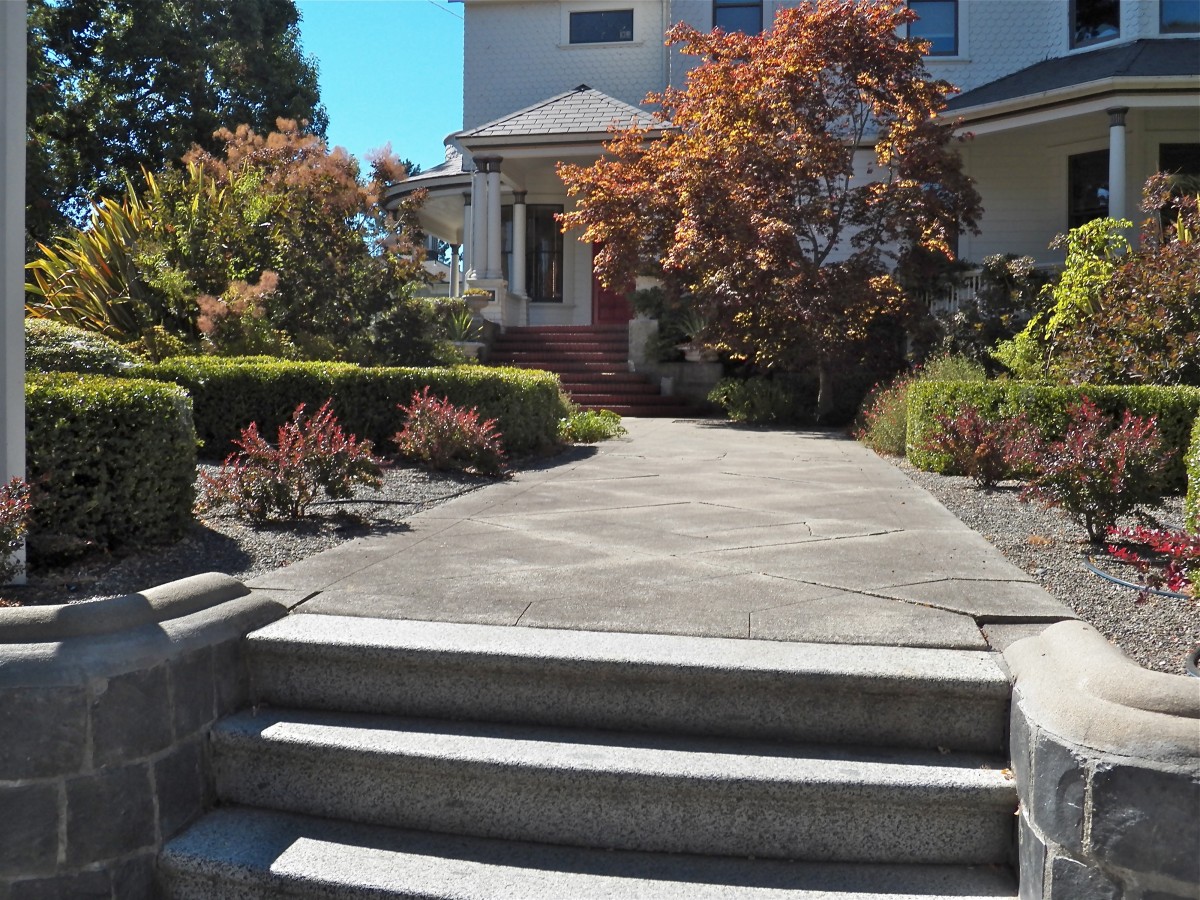

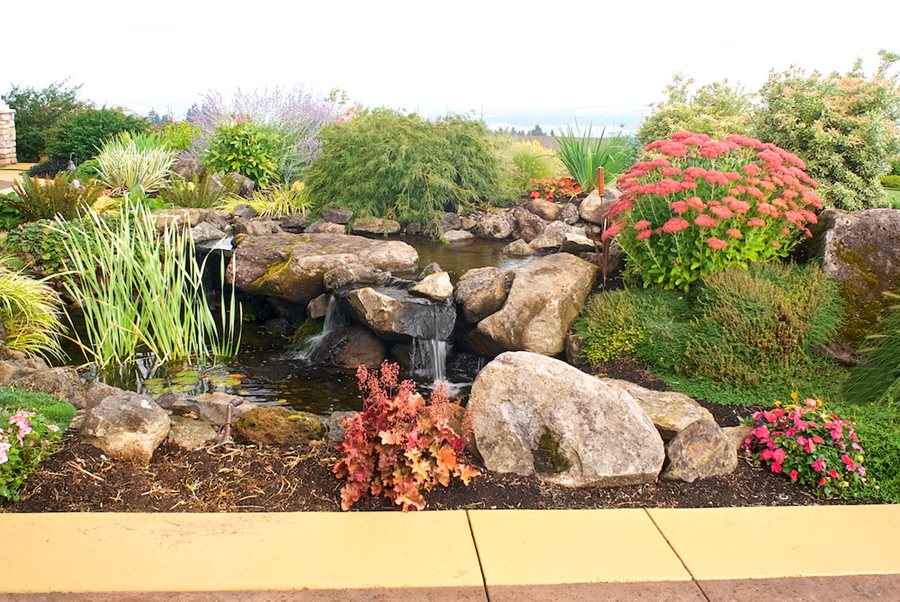
1 thought on “Plant a Tamarind Tree to Decorate Your Property (Part 1)”